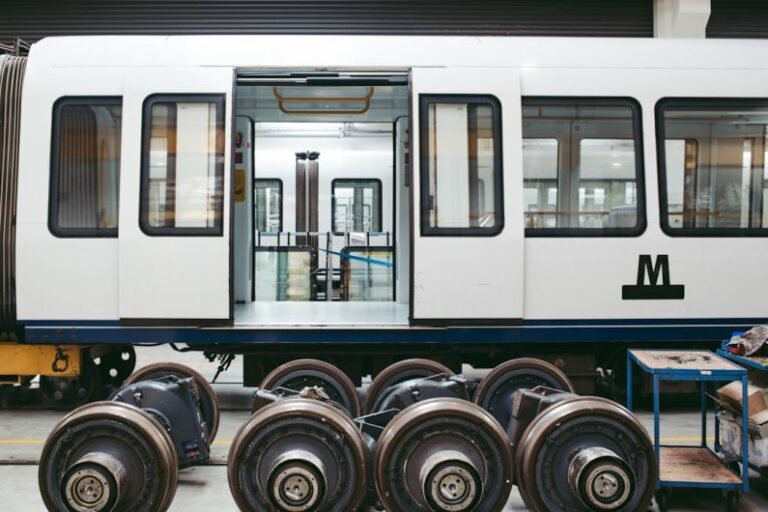The Key Role of Temperature Control in Tube Forming Processes
Tube forming processes are integral in various industries, including automotive, aerospace, and manufacturing. The ability to shape metal tubes into complex forms with precision is crucial for the production of components used in a wide range of applications. One key factor that significantly influences the success of tube forming processes is temperature control. The manipulation of temperature during these processes plays a vital role in achieving the desired results efficiently and accurately.
Understanding the Impact of Temperature on Tube Forming
Temperature control is a critical aspect of tube forming processes as it directly affects the material properties of the metal being worked on. Metals exhibit different behaviors at varying temperatures, with some becoming more malleable and ductile when heated, while others may become brittle or difficult to work with. The temperature at which the metal is formed can determine the success of the process and the quality of the final product.
Heating for Formability
Heating the metal tubes to specific temperatures can enhance their formability, making it easier to shape them into the desired configurations. When metal is heated, its yield strength decreases, allowing for greater plastic deformation without the risk of cracking or failure. This is particularly important when forming tubes with complex geometries or tight radii, as the metal needs to be able to flow smoothly without experiencing excessive strain.
Controlling Springback
Springback is a common issue in tube forming processes where the metal springs back to its original shape after being formed, leading to dimensional inaccuracies in the final product. By carefully controlling the temperature during forming, it is possible to minimize springback and ensure that the tube retains its intended shape once the forming process is complete. The right temperature can help to stabilize the material and prevent it from rebounding excessively, resulting in more accurate and consistent parts.
Preventing Cracking and Distortion
Temperature control also plays a crucial role in preventing cracking and distortion during tube forming processes. Rapid changes in temperature or forming at incorrect temperatures can lead to thermal stresses that cause the material to crack or warp. By carefully monitoring and controlling the temperature throughout the forming process, manufacturers can minimize the risk of defects and ensure that the final products meet quality standards.
Improving Material Flow
Optimal temperature control can improve the flow of the metal during tube forming, allowing for smoother and more uniform deformation. When the metal is at the right temperature, it can flow more easily and evenly, reducing the risk of uneven wall thicknesses or surface imperfections. This results in higher-quality parts with improved structural integrity and dimensional accuracy.
Enhancing Tool Life and Efficiency
Temperature control not only benefits the material being formed but also extends to the tools and equipment used in the process. By maintaining the correct temperature, manufacturers can prolong the life of forming tools and dies, reducing wear and tear caused by excessive heat or thermal cycling. Additionally, efficient temperature control can lead to faster cycle times and increased production rates, ultimately improving the overall efficiency of tube forming operations.
In conclusion, temperature control is a critical factor in the success of tube forming processes, impacting material properties, formability, springback, cracking prevention, material flow, tool life, and overall efficiency. By carefully monitoring and adjusting temperatures throughout the forming process, manufacturers can achieve consistent, high-quality results while minimizing defects and maximizing productivity. Proper temperature control is essential for meeting the stringent requirements of modern industries and ensuring the production of reliable and precise tube-formed components.






